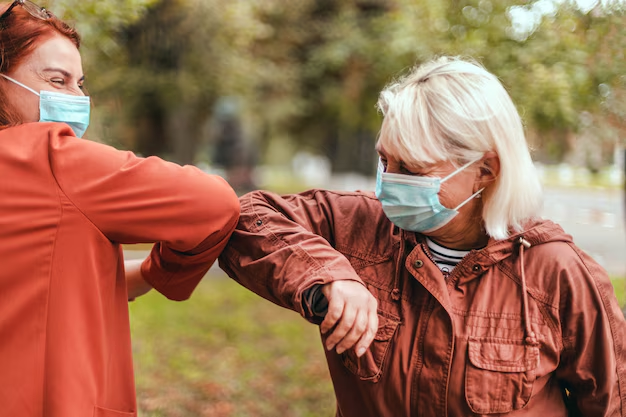Discover Medicare Part B Giveback Locations and Financial Assistance
For seniors and those managing healthcare costs, Medicare Part B Giveback Areas can be a financial relief gem. These giveback plans are not available everywhere, so understanding where you can access them and how they work is crucial.
What is a Medicare Part B Giveback?
Medicare Part B Giveback refers to a small monthly rebate from Medicare Advantage plans that can help reduce the cost of your Part B premium. It's a feature of certain Medicare Advantage plans, where the insurance company pays part of your Medicare Part B premium, resulting in a lower monthly deduction from your Social Security check.
Locations of Medicare Part B Giveback Areas
While there's no exhaustive list plastered across the internet, Medicare Part B Giveback Areas are typically found in densely populated areas, often in states with a higher number of Medicare Advantage plans. Some common states where you may find these plans include:
- California
- Florida
- New York
- Texas
Within these states, availability can vary at the county level, depending on how competitive the insurance market is.
How to Find if You Qualify
- Check Local Availability: Use the Medicare Plan Finder tool on Medicare's website or contact a local insurance agent to assist in navigating plan options in your area.
- Review Plan Details: Compare different Medicare Advantage plans to see if the giveback option is available in their benefits.
- Eligibility: Typically, you must be enrolled in both Medicare Parts A and B. Eligibility can also depend on location, specific health needs, or being part of a special demographic group.
Expanding Your Financial Assistance Toolbox
Medicare Part B Giveback is just one of many ways to manage financial health. If you're exploring ways to ease financial burdens, consider some government and financial aid programs:
- Medicaid: A state and federal program offering free or low-cost health coverage to eligible low-income individuals.
- Supplemental Security Income (SSI): Provides monthly assistance to individuals aged 65 or older, blind, or disabled with limited income.
- Low-Income Home Energy Assistance Program (LIHEAP): Helps low-income families with heating and cooling energy costs.
Additionally, consolidating other expenses can free up funds for healthcare:
- Credit Card Solutions: Balance transfers or debt consolidation loans can simplify payments and often reduce overall monthly expenses.
- Educational Grants: Opportunities for continued education can enhance job prospects, leading to increased income potential. Programs like the Pell Grant offer education funding to eligible students.
Key Takeaways 🗝️
- Medicare Part B Giveback Plans are localized and typically found in healthcare competitive states.
- Eligibility often requires meeting specific criteria and living in areas where these plans are available.
- Consider broadening your search beyond Medicare to include other financial assistance options for overall security.
Discover Available Programs
- Medicare Advantage: Explore local plans to identify potential giveback options.
- Medicaid: Check eligibility for additional healthcare support.
- SSI: Investigate for supplemental income if eligible.
- LIHEAP: Apply for assistance with energy-related expenses during peak seasons.
- Balance Transfers: Utilize for effective debt management.
- Pell Grant: Seek educational funding to improve future prospects.
Understanding these opportunities can optimize your financial strategy, making healthcare and living costs more manageable while opening doors to potential growth avenues.

Related Topics
- a Medical Provider That Accepts Medicare Assignment Must
- a Medical Provider That Accepts Medicare Assignment Must Quizlet
- a Medicare Patient Received Treatment That Isn't Covered By Medicare
- a Medicare Patient Receives Treatment That Isn't Covered By Medicare
- a Medicare Supplement Basic Benefit Is Quizlet
- a Medicare Supplement Companies
- a Medicare Supplement Policy Is Quizlet
- a Medicare Supplement Policy Must Not Contain Benefits Which
- a Patient Received Treatment In August Medicare
- Am I Eligible For Medicare